In video games, a power-up is an object that adds temporary benefits or extra abilities to the player character as a game mechanic. This is in contrast to an item, which may or may not have a permanent benefit that can be used at any time chosen by the player. Although often collected directly through touch, power-ups can sometimes only be gained by collecting several related items, such as the floating letters of the word 'EXTEND' in Bubble Bobble. Well known examples of power-ups that have entered popular culture include the power pellets from Pac-Man and the Super Mushroom from Super Mario Bros., which ranked first in UGO Networks' Top 11 Video Game Powerups.

Sabre Wulf is an action-adventure game released by British video game developer Ultimate Play the Game for the ZX Spectrum home computer in 1984. The player navigates the pith-helmeted Sabreman through a 2D jungle maze while collecting amulet pieces to bypass the guardian at its exit. The player does not receive explicit guidance on how to play and is left to decipher the game's objectives through trial and error. Sabreman moves between the maze's 256 connected screens by touching the border where one screen ends and another begins. Each screen is filled with colourful flora, enemies that spawn at random, and occasional collectibles.

Ghostbusters is a licensed game by Activision based on the film of the same name. It was designed by David Crane and released for several home computer platforms in 1984, and later for video game console systems, including the Atari 2600, Master System and Nintendo Entertainment System. The primary target was the Commodore 64 and the programmer for the initial version of the game was Adam Bellin. All versions of the game were released in the USA except for the Amstrad CPC and ZX Spectrum versions, which were released only in Europe, and the MSX version, which was released only in Europe, South America, and Japan.

3D Monster Maze is a survival horror computer game developed from an idea by J.K. Greye and programmed by Malcolm Evans and released in 1981 for the Sinclair ZX81 platform with the 16 KB memory expansion. The game was initially released by J. K. Greye Software in December 1981 and re-released in 1982 by Evans' own startup, New Generation Software. Rendered using low-resolution character block "graphics", it was one of the first 3D games for a home computer, and one of the first games incorporating typical elements of the genre that would later be termed survival horror.
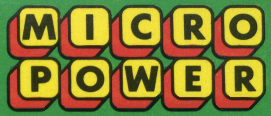
Micro Power was a British company established in the early 1980s by former accountant Bob Simpson. The company was best known as a video game publisher, originally under the name Program Power. It also sold many types of computer hardware and software through its Leeds 'showroom' or via mail order.

Ant Attack is an action game written for the ZX Spectrum by Sandy White and published by Quicksilva in 1983. A Commodore 64 version was released in 1984.
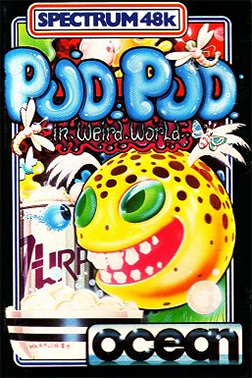
Pud Pud in Weird World is a computer game published by Ocean Software in 1985 for the ZX Spectrum. It was written by Jonathan Smith. Smith was paid £1000 for Pud Pud by Ocean Software and was given a job at Ocean as a direct result of the game.

Super Glove Ball is a game made by Rare in 1990 for the Nintendo Entertainment System, specifically designed to be played with the Power Glove controller. However, it can also be played with a standard NES controller. It was sold separately from the Power Glove.

Xybots is a 1987 third-person shooter arcade game by Atari Games. In Xybots, up to two players control "Major Rock Hardy" and "Captain Ace Gunn", who must travel through a 3D maze and fight against a series of robots known as the Xybots whose mission is to destroy all mankind. The game features a split screen display showing the gameplay on the bottom half of the screen and information on player status and the current level on the top half. Designed by Ed Logg, it was originally conceived as a sequel to his previous title, Gauntlet. The game was well received, with reviewers lauding the game's various features, particularly the cooperative multiplayer aspect. Despite this, it was met with limited financial success, which has been attributed to its unique control scheme that involves rotating the joystick to turn the player character.

Styx is a maze shoot 'em up game published by Bug-Byte Software in 1983. It was the first ZX Spectrum game written by Matthew Smith, and the first of his three-game contract with the company. He went on to write Manic Miner in the same year.
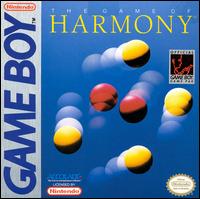
E-Motion is a 1990 puzzle video game developed by The Assembly Line. It was available for Amiga, Amstrad CPC, Atari ST, Commodore 64, MS-DOS, ZX Spectrum, and Game Boy. The Spectrum and Game Boy versions were developed by The Code Monkeys.
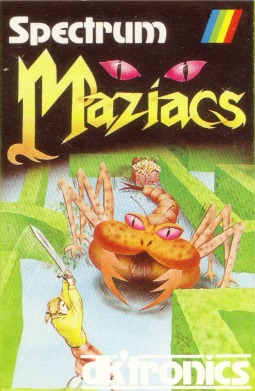
Maziacs is an action adventure maze game published by DK'Tronics in 1983 for the ZX Spectrum, Commodore 64, and MSX.

Zig Zag is a maze video game written by Ed Hickman and published by DK'Tronics in 1984 for the ZX Spectrum.

Action Force: International Heroes is a video game released by Virgin Games in 1987 for the ZX Spectrum and Commodore 64, and in 1988 for the Amstrad CPC. The game is set in the world of the Action Force toys by Hasbro. The ZX Spectrum version of the game differs notably from the Commodore and Amstrad versions.

CJ's Elephant Antics is a platform game developed by Genesis for the Commodore 64 with conversions made for the Amiga, Atari ST, ZX Spectrum and Nintendo Entertainment System. All ports were handled by Genesis with the exception of the ZX Spectrum version which was handled by Big Red Software. The computer versions were published by Codemasters in 1991, with the NES game arriving in 1992 as part of the unlicensed compilation cartridge Quattro Arcade. The player controls a baby elephant by the name of Columbus Jumbo on his way home to Africa.
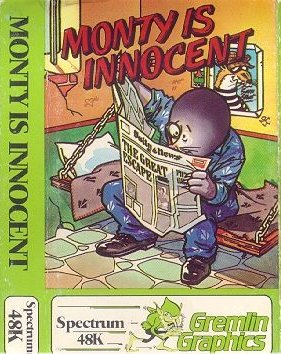
Monty Is Innocent is a video game written by Chris Kerry for the ZX Spectrum and published by Gremlin Graphics in 1985. It is a sequel to Wanted: Monty Mole released the previous year. While the game was marketed as Monty Is Innocent, it is never referred to by that title in-game; instead it merely displays Great Escape!. The inlay also features this title, on the newspaper that Monty Mole is reading in his cell.
Quattro is a series of video game compilations released in the 1990s. They consisted of games developed by Codemasters. The NES versions were released as multicarts and were published by Camerica without a license by Nintendo.
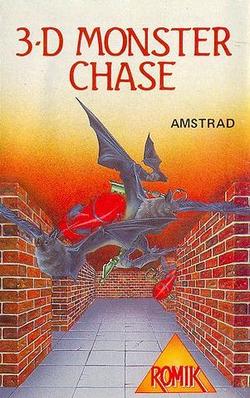
3-D Monster Chase is a first-person maze game written by Dave Noonan and released by Romik in 1984 for the Amstrad CPC and ZX Spectrum. A version for Camputers Lynx titled 3-D Monster Craze was developed by Camsoft.
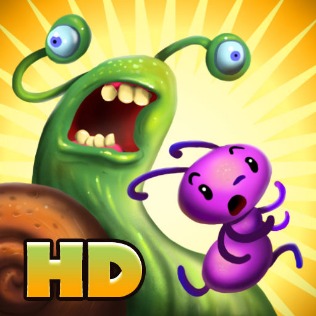
Ant Raid is a 2011 real-time strategy game developed by Finnish indie studio Prank for iOS.
















